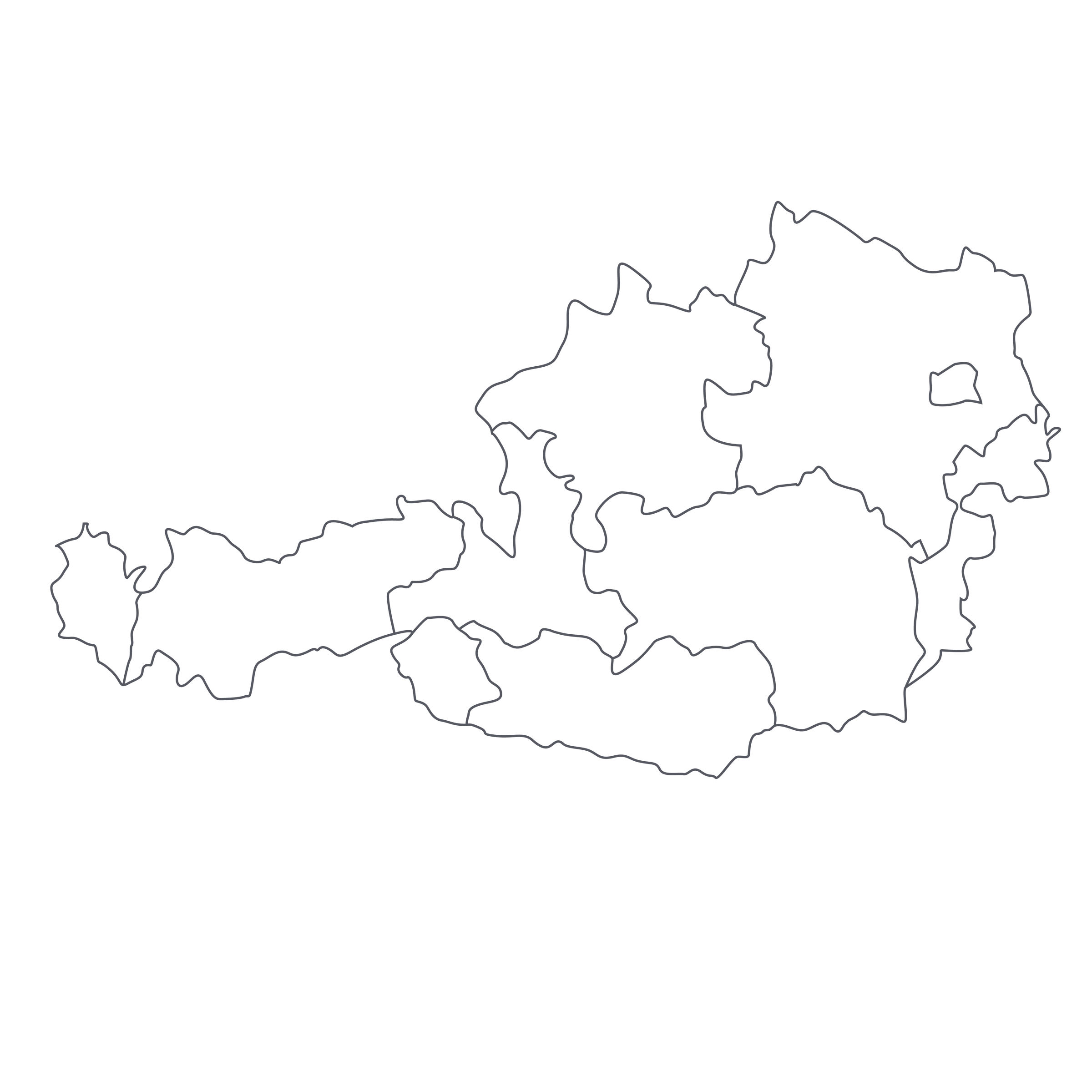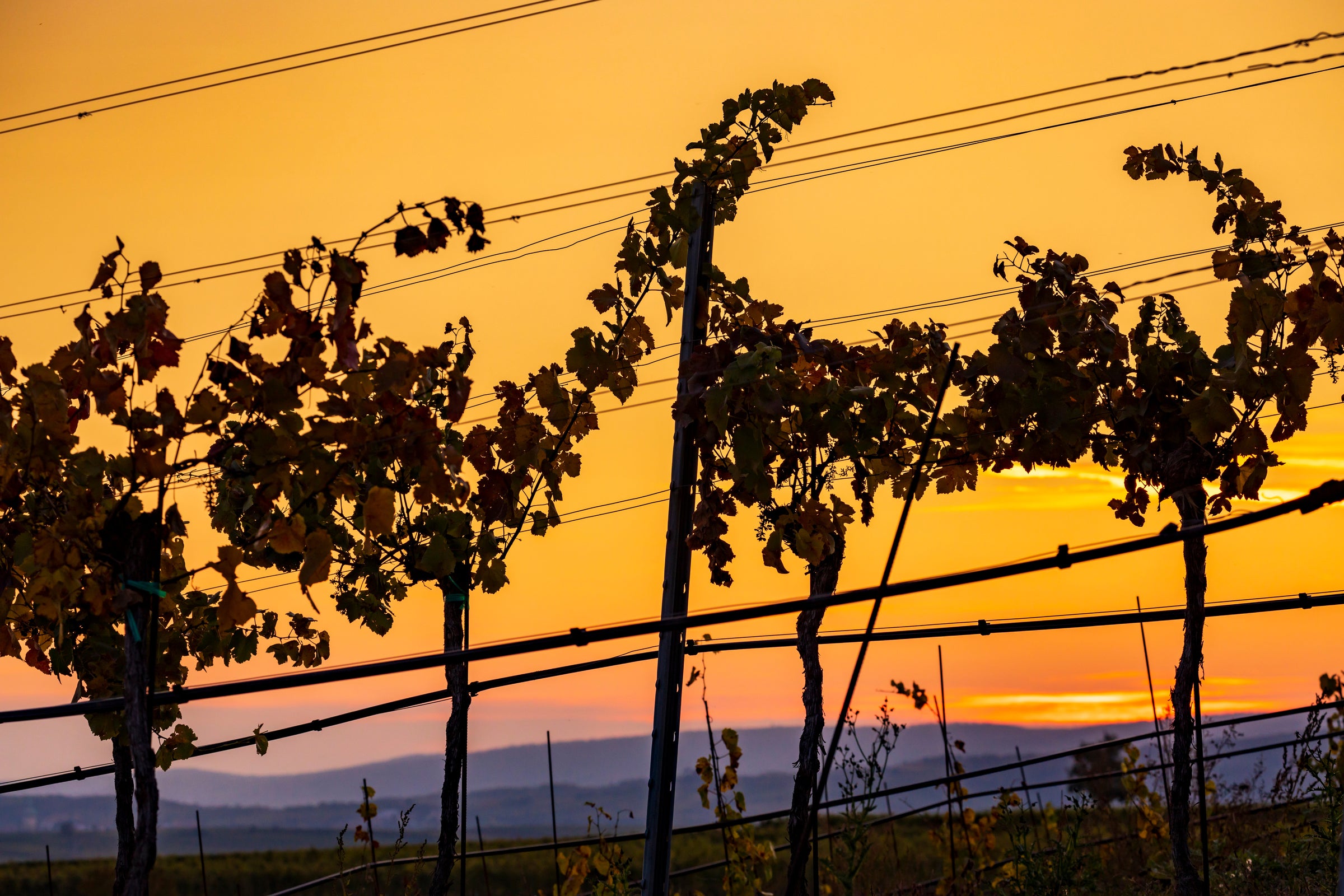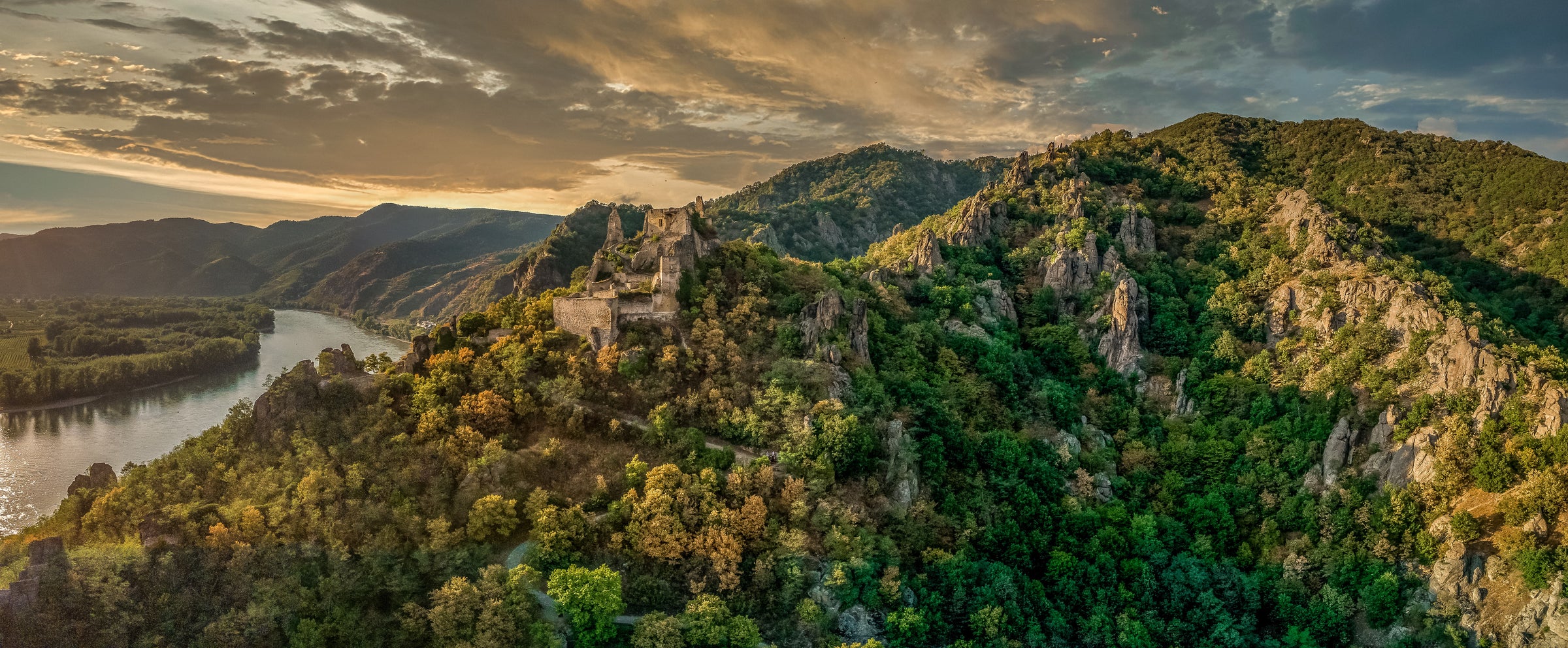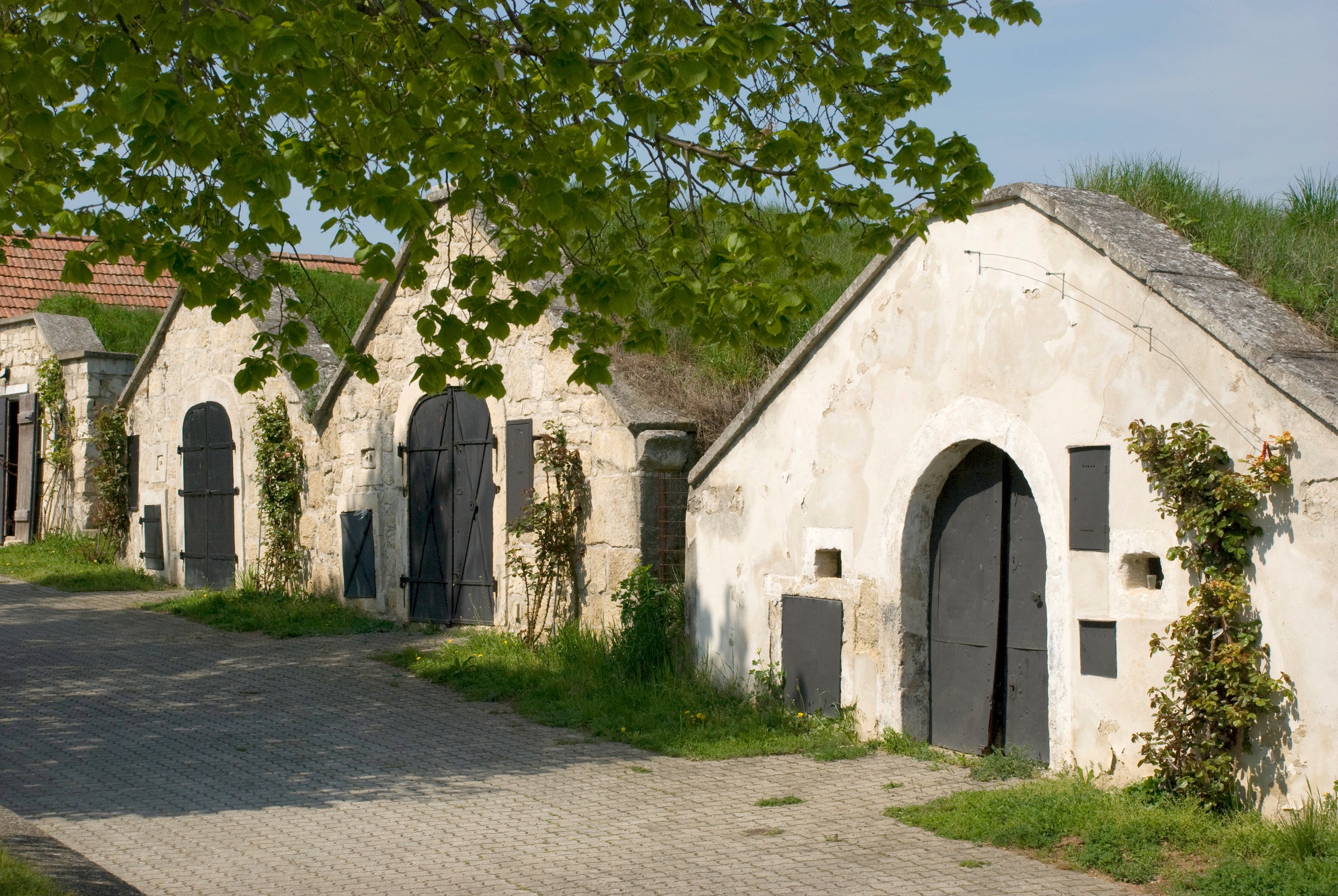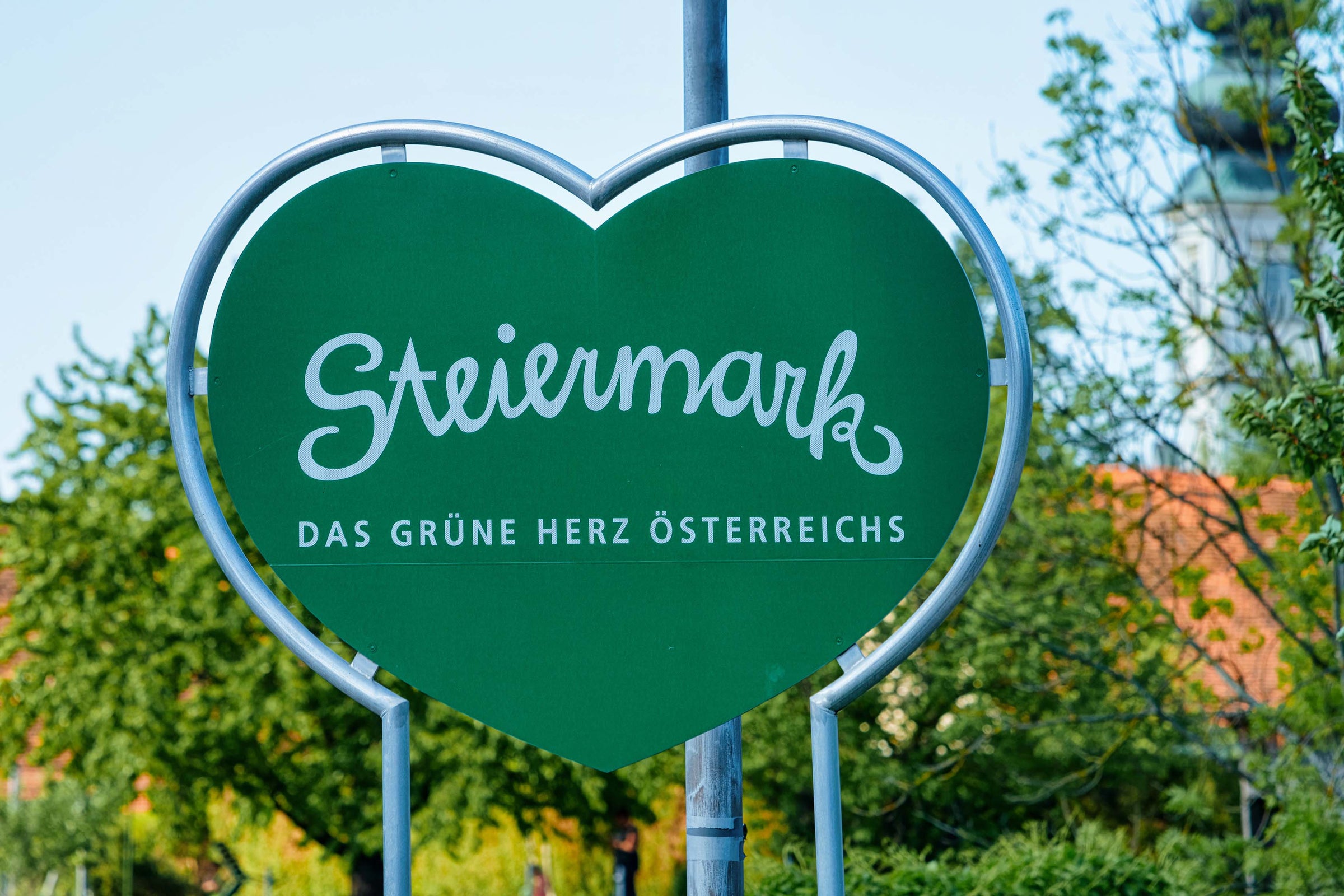There’s a lot to unpack with this wine, and we’ll get to it, but let’s start with an executive summary: This profound, prismatic Austrian white is a one-of-a-kind collector’s item at an astonishingly reasonable price. It’s the creation of the professorial Michael Moosbrugger, who isn’t merely a winemaker but the custodian of 850 years of vinous history at the venerable Schloss Gobelsburg in the Kamptal. We’ve featured other bottlings from Moosbrugger’s innovative “Tradition” line, which were gobbled up quickly by shrewd collectors, and, given the modest price of today’s delicious museum piece, I’m anticipating a quick sellout: Like the other wines in Gobelsburg’s “Tradition” collection, “Cuvée 3 Years” is a multi-vintage blend of Grüner Veltliner and Riesling sourced from heritage vineyards.
It’s a departure from the chiseled, spicy, ultra-fresh style of Grüner (or Riesling) you mostly see out there, but instead a multi-layered, luxuriously textured expression that pays homage to the style of wine produced at Gobelsburg in the 1800s. Based on the 2018 vintage but incorporating wines from ’17 and ’16 as well, “Cuvée 3 Years” isn’t some stunt wine: It’s a serious study of one of the world’s greatest terroirs. If you appreciate profound white wine as much as we do, you can’t afford to miss it.
Housed in an 11th-century castle once inhabited by Cistercian Monks, Schloss Gobelsburg is an awe-inspiring property situated along the Kamp River, a tributary of the Danube and the namesake of the Kamptal DAC (controlled appellation of origin). The abbey’s earliest vineyard holdings—“Heiligenstein” and “Gaisberg,” the two oldest and most prestigious parcels in the region—were first acquired by the monks of Zwettl in 1171. There were more than 19 ownership changes in the intervening centuries, but in the modern era, following two World Wars and a Soviet occupation, it all fell into a state of disrepair. Father Bertrand Baumann is credited with restoring Schloss Gobelsburg to its former glory, and, as of 1996, the property was acquired from the monks by Michael and Eva Moosbrugger and Michael’s mentor, the acclaimed Austrian vintner Willi Bründlmayer.
Moosbrugger was named the 2006 “Winemaker of the Year” by Austria’s Falstaff magazine, and he has continued to practice organic farming as his monastic predecessors did. The Gobelsburg estate has an enviable collection of vineyard parcels to work with, including the Riesling-friendly erste lagen (first growths) Heiligenstein and Gaisberg, whose soils are rich in slate, sandstone, and feldspar. Their Grüner Veltliner, which comprises 80% of the “Cuvée 3 Years” blend, comes from sites rich in Kamptal’s trademark loess (wind-blown silt), including name-brand parcels like “Renner,” Grub,” and “Lamm.”
For this “edition” of the three-year cuvée (number 850, for those keeping score), Moosbrugger crafted an 80-20 Grüner-Riesling blend based on the 2018 vintage (85%), with extra dimension coming from wines from 2017 (10%) and 2016 (5%). The component wines, by design, were produced in a manner that pays homage to the pre-technological days of winemaking at the abbey: they were fermented without temperature control in large wooden barrels made from oak sourced from Manhartsberg, an Austrian region north of Langenlois. Those same barrels are used for aging, and the wines are “racked” (decanted off their lees as they’re transferred from barrel to barrel) repeatedly as they mature.
What’s interesting is that this more “oxidative” style of winemaking, the one used by the monks for generations, does not result in an “oxidized” wine. Of course, it’s more layered and fleshed out than the oxygen-starved, steel-aged, tooth-rattling varietal whites typical of Kamptal these days, with a kiss of creaminess and a softer edge from its time in barrel, but there’s no excessive browning of the color or dulling of the fruit and florals: It is ripe, rich, and immensely satisfying, with a texture one enthusiastic reviewer described “almost oily” but still loaded with mineral grip. Think of a smaragd-level Grüner Veltliner crossed with a Grand Cru Alsatian Riesling and you’re close to getting a grip on this fascinating, highly complex glass of wine. There is still lots of life left in this bottle if you’d like to lay a few bottles down (highly recommended), but otherwise give this a splash-decant about 15 minutes before serving and buckle up for a thrill ride. All I could think of upon tasting this wine was a simple dish of perfect white asparagus (spargl) covered with hollandaise (our team had an incredible rendition last year at the amazing Hotel Zum Krug in Germany’s Rheingau region, and I haven’t stopped thinking about it). If you can make this pairing happen, it’ll be a life-changer. Enjoy!
